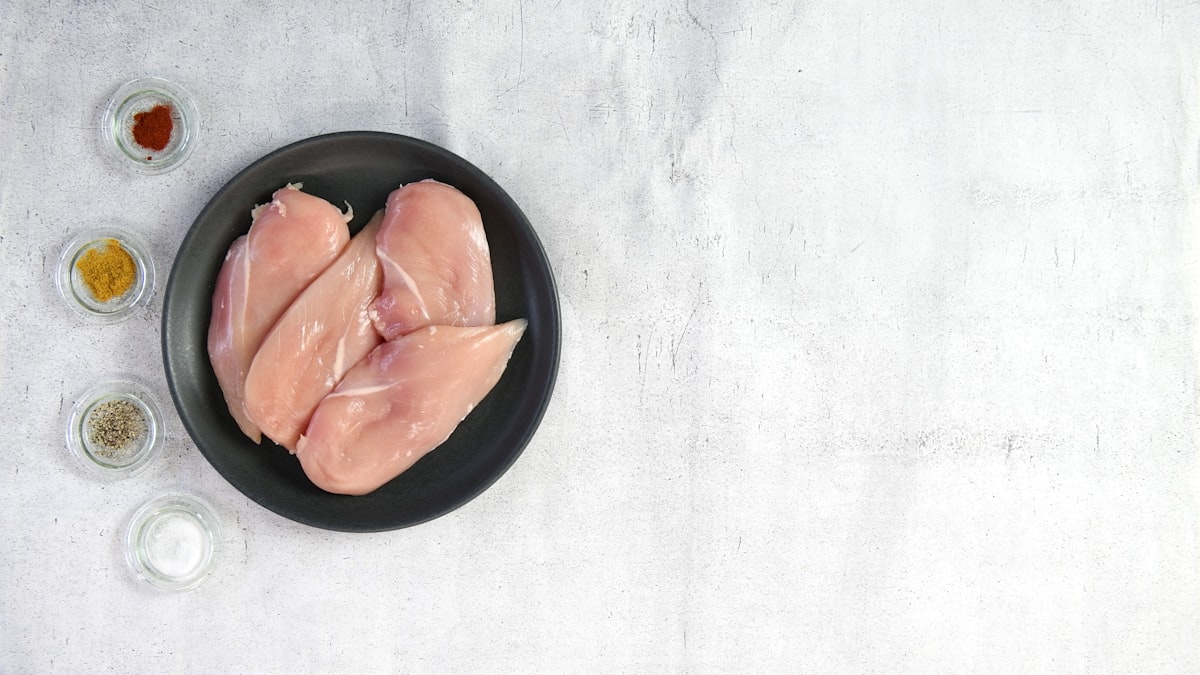A rapid and effective method developed to detect salmonella spp in chicken
Daniel Mayboca Padilla developed a method to detect Salmonella spp. in chicken, which is 90% faster than the official analytical technique in Mexico.

As part of his academic training as a Master of Science at the Center for Research in Food and Development (CIAD), Daniel Mayboca Padilla developed a method to detect Salmonella spp. in chicken, which is 90% faster than the official analytical technique in Mexico.
Under the guidance of his academic tutor, Professor Alfonso García Galaz, researcher of the Food Science Coordination, the CIAD student developed a method that detects the presence of the pathogen in 21 hours, while the conventional method can take up to 216 hours.
Salmonella spp. is responsible for a large number of infections in humans and is one of the main foodborne pathogens, causing around two million infections each year in the United States.
In Mexico, epidemiological information reveals an increase in Salmonella spp. isolates in the last four years, with a record of more than seventy thousand and sixty-six thousand cases of salmonellosis and typhoid fever, respectively, with an average of 133,134 total cases of infection per year between 2015 and 2019.
An innovative technique
Conventional phenotypic methods, although sensitive and ensuring cell viability, are laborious and time-consuming (up to nine days), compared to molecular techniques that are faster and more sensitive.
In addition to being faster, the technique developed by the research group of the Polyphasic Microbiology and Bioactivities Laboratory of CIAD allows a more sensitive detection at a lower cost, fundamental benefits in the food industry to prevent the consumption of contaminated foods that represent a risk to consumer health.
The control strains ATCC 14028 (S. Typhimurium), ATCC 9842 (S. abortusequi), ATCC 43845 (S. senftenberg), and ATCC 12325 (S. diarizonae) were used for initial standardization and, subsequently, for statistical validation in the selected matrix. The method consists of three steps: the first consists of pre-enrichment, then nucleic acid extraction by heat shock, and finally end-point PCR detection.
A valid comparison
NOM-210-SSA1-2014 aims to establish general and alternative test methods for the determination of sanitary indicators and pathogens in food, beverages, and water for human use and consumption. In its section for Salmonella spp. it is based exclusively on the phenotypic detection of the pathogen (morphological and biochemical characteristics). In contrast, the polyphasic method for the detection of Salmonella spp. in chicken developed at CIAD includes a pre-enrichment stage that ensures the viability of the microorganism and molecular detection that is faster and more sensitive than the phenotypic determination offered by NOM-210-SSA1-2014.
According to Mayboca Padilla and García Galaz, as it is a validated method, it can be part of the services of the CIAD service laboratory and could even be transferred to other laboratories for the determination of Salmonella spp. in chicken. In addition, this type of methodology can be extended to other food matrices by increasing its detection spectrum through the use of partial validations.
The researchers added that, by having the option of performing a faster and more sensitive detection of the pathogen of interest, the food industry increases its quality control standards. This can reduce the loss of food batches and have a significant economic benefit, as well as have a favorable impact on public health.
Finally, they commented that, as a next phase of the research, it is planned to increase the number of matrices in which the technique can be applied, as well as the adaptation of the method for other pathogens of interest to the food industry.




